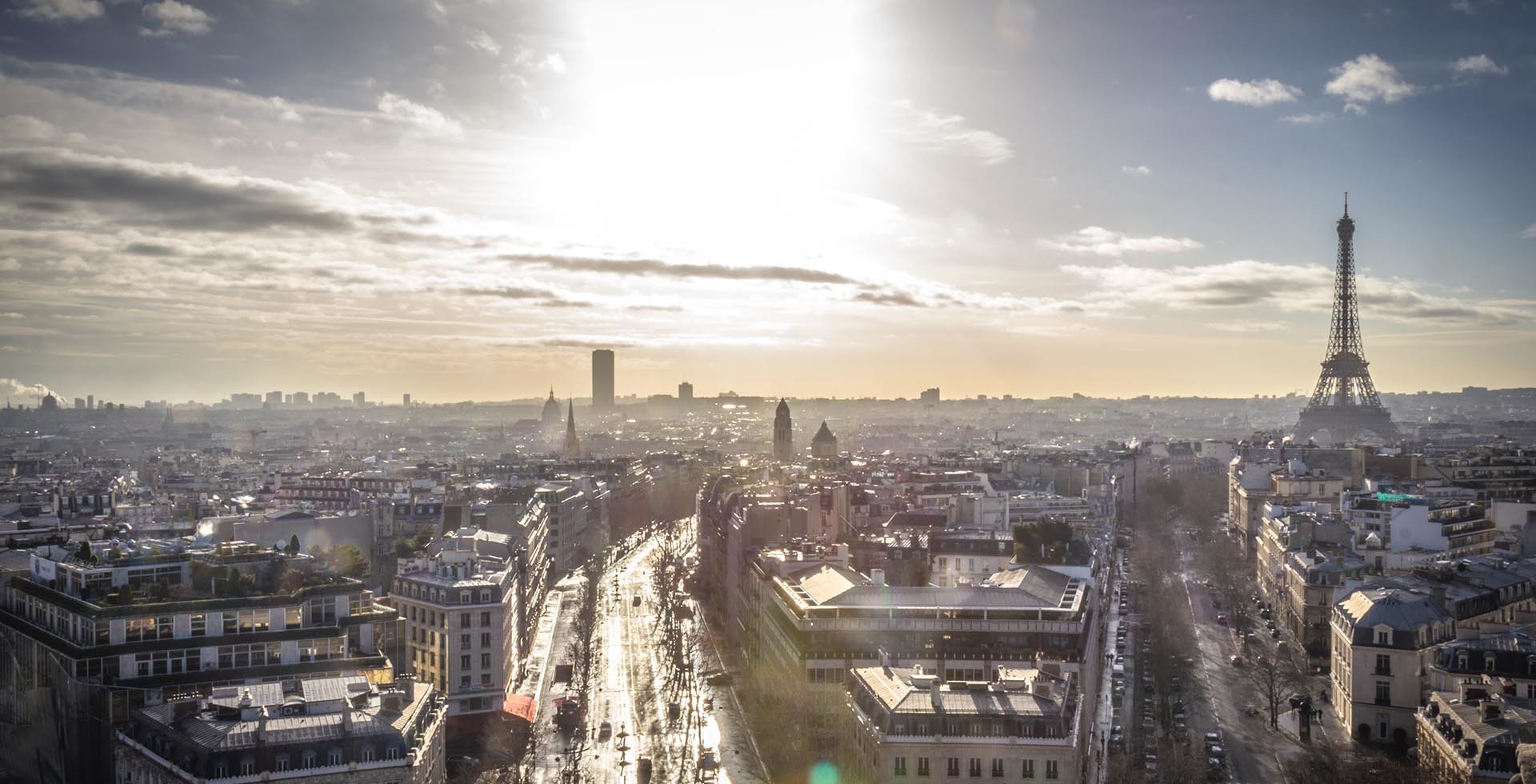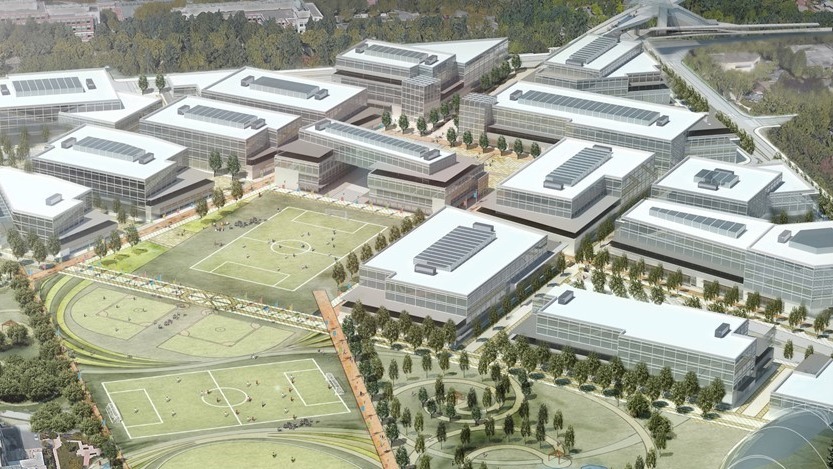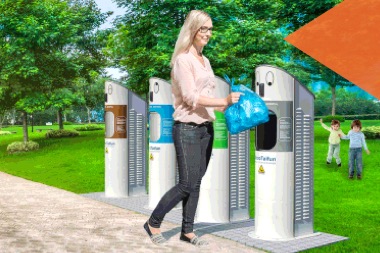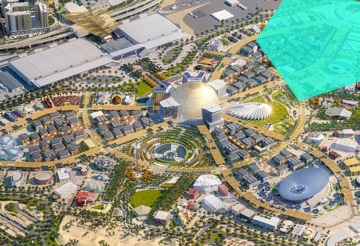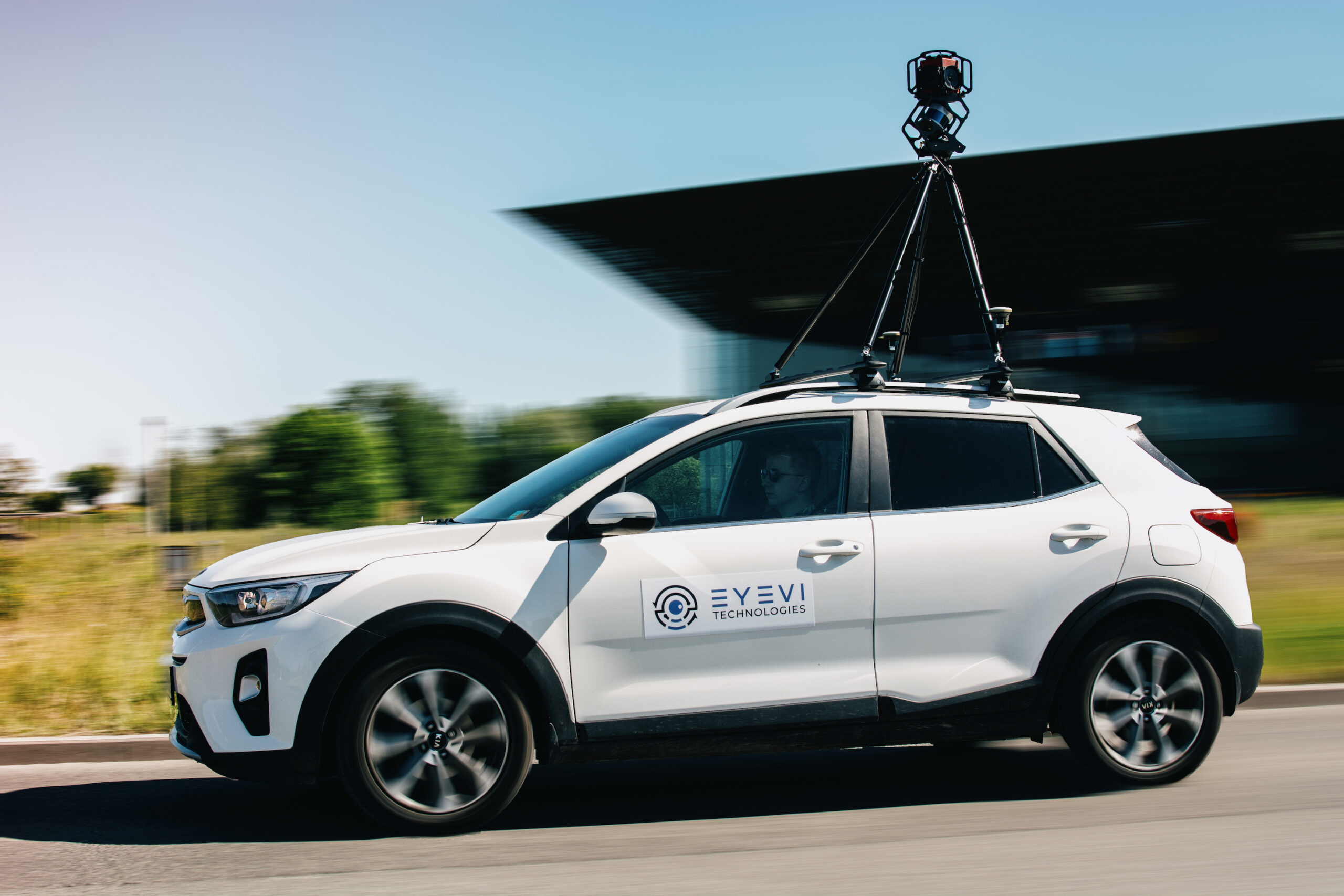Author | M. Martínez EuklidiadasFor years Paris has been an exemplary city in terms of mobility policies. Initiatives in favor of pedestrianization and public transport led to a drop from 44% to 35% in the use of private vehicles between 1999 and 2016. And that without taking into account the globally-acclaimed pedestrianization of the Seine in 2016. Now, the Mayor, Anne Hidalgo, is planning a “15-minute Paris”.This new proposal by the Mayor, who has been in office since 2014, aims to convert Paris into a city in which nobody takes longer than 15 minutes to get to work or take their children to school. Under the name of La Ville Du Quart d’Heure (the quarter-hour city), the aim is to decarbonize the economy and make Paris a healthier city.
Cities of the future: Paris plans to become a 15-Minute City
Urban mobility is essential when it comes to facilitating the exchange of ideas and innovation. However, during the last century, we went from urban planning aimed at pedestrians and cyclists to a city designed for cars. Is there any way of going back to a sustainable and healthy model? Hidalgo believes this is possible, by prioritizing bike lanes and public transport.https://twitter.com/Anne_Hidalgo/status/1219580627172888577Despite today’s technology enabling people to work from home and work flexibility allowing people to move between cities and countries, the truth is that a large number of journeys to work still take one hour of travel time and are highly dependent on the carbon economy.Paris is not the only city in the world that collapses every morning when many parents are taking their children to school. Those that are not parents also block the roads, but this group is particularly interesting because it is the result of inadequate urban growth.For decades cities have supported parents being able to use their private vehicles to take their children to the school gates, which increases the intense traffic (cars searching for a place to park), urban noise, pollution and the consumption of fossil fuels. However, it also fosters segregation by economic level and encourages obesity.
La Ville Du Quart D’Heure — A people-friendly city
Having an active life is essential in order to improve our overall health and that includes walking, moving. This is why Anne Hidalgo’s policy is to build a city intended for people, not cars. The truth is that commuting by car can have a negative impact on health, as demonstrated in the draw held in Peking to determine who could use their cars.Those that won, moved 50% less by walking, cycling or on public transport and they all gained an average of 2 kilograms. Those over the age of 50 even gained an average of 10 kilograms. Similar results can be found across the world and in all types of cities.That is why the 15-minute city is such an attractive and noteworthy scheme for citizens. A local government that facilitates walking children to school also facilitates sport, it is seen as an example of social integration and it is also a successful policy for shopping. Because in fact, pedestrian streets encourage shopping, and this has been demonstrated by initiatives such as Madrid Central.
Converting streets into decarbonized mobility spaces
Until now, Hidalgo’s policies have proved to be highly efficient and effective. In 2019 alone, Paris managed to reduce car traffic by 8%. The city council’s new star measure is expected to reduce it even further.For Parisians, their health depends on it, since urban pollution is related to a whole host of diseases, and not just typical lung diseases, which are often mentioned. Since 2018, we know that a high exposure to urban pollution during pregnancy reduces the cognitive capacity of school-age children, and causes other diseases and deficiencies.Health studies illustrate that in cities such as Madrid, which we used as an example earlier, 39% of hospital admissions due to heart problems and 13% of breathing problems are directly related to traffic intensity. Cities such as San Sebastián, New York, Boston or New Orleans, have already begun mass pedestrianization.Pollution is also the reason why the British justice system has paralyzed plans to extend Heathrow airport, declaring it illegal, as it does not comply with the Paris Agreement of 2015 (COP21). It seems that cities are starting to move towards the Sustainable Development Goals.
Turning streets into spaces of carbon-free mobility
As well as improving health by eliminating pollution, improving health by promoting mobility, increasing local consumption thanks to pedestrianization or reducing atmospheric emissions, which accelerate climate change, reducing the number of private vehicles on the streets will also result in safer streets.The graph above shows the “progress of road traffic victims in Paris”. The graph shows a direct relationship between both the gradual abandonment of private vehicles in favor of other means of transport and the different speed reductions in the French capital. Going from maximum speeds of 80 km/h to 70 km/h in access areas in 2014 was a success.This has also led to a friendlier city with more quality time for its citizens. Not just because this will save travel time, resulting in more time that they can spend with their loved ones or enjoying their hobbies, but because the time gained will have the aforementioned benefits and less noise pollution.
Is it actually possible to transform Paris into this kind of sustainable city?
Despite certain opposition to the change, the truth is that Parisians are socially and environmentally responsible. Proof of this is that Anne Hidalgo has supported the same strategy for six years and to date all the proposals, even those that remove vehicles outside of certain areas, have been well-accepted.Paris is an ancient city full of history, which means, as with other European cities, it has grown organically in an onion-like or layered manner. One simply has to look at the capillarity of the subway map to confirm that a car-free city is possible. At the moment, the proposals include hundreds of new kilometers of bike lanes.In a few years, when technologies such as autonomous mobility reach Paris, the last owners of internal combustion vehicles will no longer be interested in owning a means of transport that it detrimental to their neighbors, entails a significant personal economic cost and when mobility will be extremely restricted. Paris is a beacon of hope, but behind it are hundreds of other similar projects.Images | Rob Potvin, Annehidalgo2020, Paris Metro
